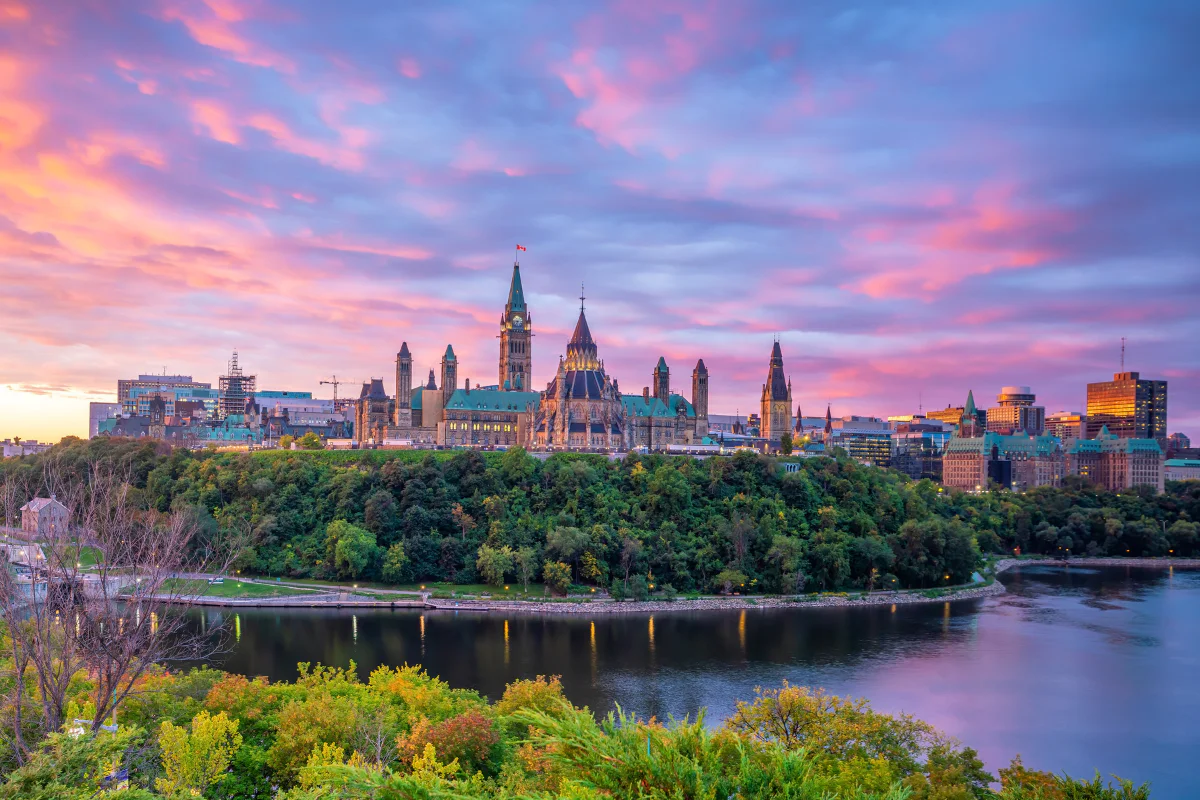Federal Government announces the 2026–2028 Immigration Levels Plan

Canada has announced its 2026–2028 Immigration Levels Plan (the “Plan”). See our previous article where we broke down what to expect from the Plan.
The Plan continues the trend of decreasing temporary resident arrivals while stabilizing permanent resident admissions. The Plan’s stated overarching goal is to reduce Canada’s temporary resident population to less than 5% of Canada’s total population by the end of 2027, and to stabilize permanent resident admissions to less than 1% of Canada’s total population.
Temporary and permanent resident targets
The Plan outlines that both temporary and permanent resident targets will prioritize individuals who fill specific labour market needs and bring talents necessary to grow Canada’s economy. Specifically, the Plan prioritizes high skilled workers in sectors such as emerging technologies, health care and skilled trades.
Permanent economic immigration will account for 64% of all of Canada’s immigration in 2027 and 2028. This is the highest proportion of economic immigration that Canada has seen in decades. Overall, Canada is planning to admit 91,500 permanent residents through Provincial Nominee Programs, which is a significant increase from last year’s target of 55,000.
However, temporary resident targets are significantly reduced. The Plan allows for 155,000 new student arrivals in 2026, which is 49% fewer than last year’s target. As well, it expects 230,000 new temporary workers arrivals in 2026, 37% fewer than last year’s target. Comparatively, permanent resident targets are set at 380,000 in 2026, which is only a 4% decrease from last year’s target.
Implementing one-time initiatives
Two one-time initiatives are set to occur in 2026 and 2027. The first is for eligible protected persons to be recognized as permanent residents and to process applications for people who the Immigration and Refugee Board of Canada or Immigration, Refugees and Citizenship Canada have recognized as needing protection. There will be approximately 115,000 applications for protected persons in Canada processed over two years.
The second initiative fast tracks permanent residence applications for skilled temporary workers who already contribute to communities and work in specific in-demand sectors in Canada, focusing on rural areas. Under this initiative, Canada will accelerate up to 33,000 skilled temporary workers to transition to permanent residence over the two years.
Takeaways for employers
The Plan’s reduction in temporary foreign workers may cause challenges for employers who rely on temporary foreign workers to fill gaps in their workforce. This could include employers in the construction, agriculture and hospitality sectors, among others.
However, the Plan’s commitment to prioritizing high skilled workers in certain sectors may benefit employers who work in emerging technologies, health care and skilled trades. Most notably, the increased provincial nominee targets will likely be a great benefit to employers in western provinces, as these provinces will likely see additional allotments added to their provincial nominee programs.
The MLT Aikins immigration team will continue monitoring the situation and will provide updates on special programs and processes as they are introduced in 2026. If you have any questions about this announcement or any other immigration-related issues, don’t hesitate to contact a member of the team today.
Note: This article is of a general nature only and is not exhaustive of all possible legal rights or remedies. In addition, laws may change over time and should be interpreted only in the context of particular circumstances such that these materials are not intended to be relied upon or taken as legal advice or opinion. Readers should consult a legal professional for specific advice in any particular situation.






